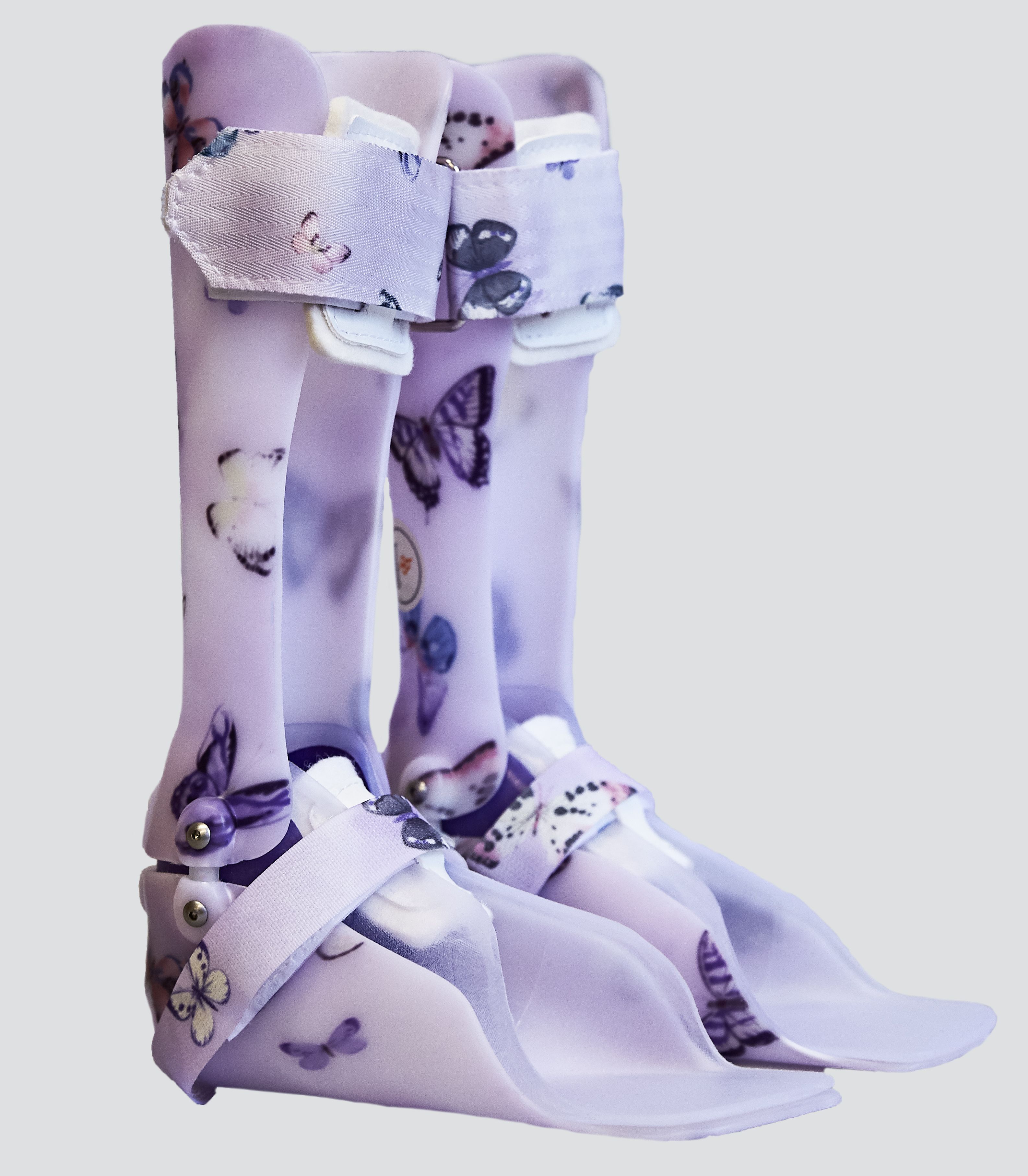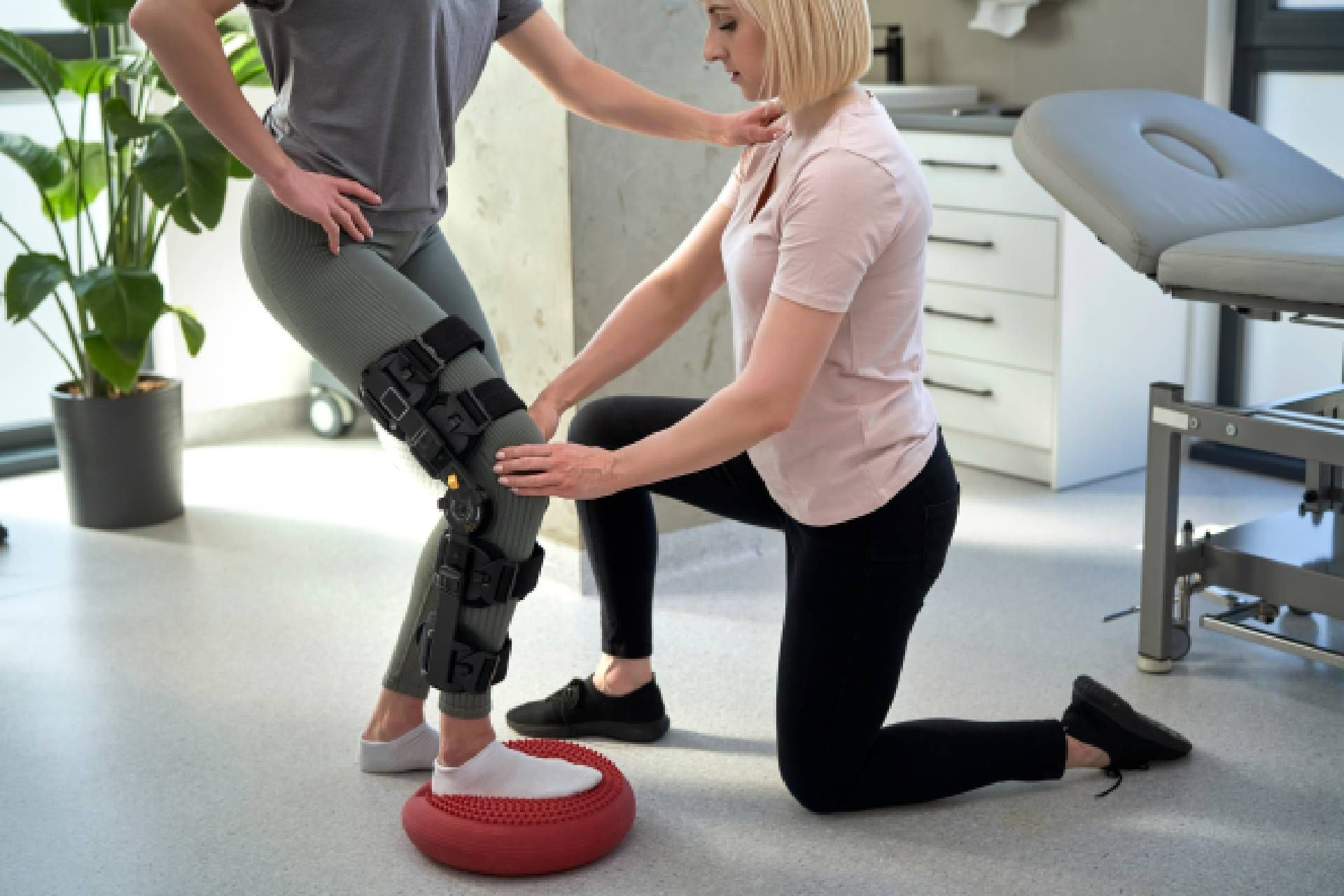Unconventional Boot Fitting Strategies Lyons CO
Unconventional Boot Fitting Strategies Lyons CO
Blog Article
Ski Boot Fit Adjustments Tips Superior CO
When it comes to skiing or snowboarding, understanding boot compatibility with bindings is essential for guaranteeing a safe and gratifying experience on the slopes. Choosing the best combination of boots and bindings can instantly affect performance, comfort, and even safety. Both newbies and seasoned riders should pay shut consideration to how various components of their gear work together, as mismatched equipment can result in discomfort, poor performance, and even injury.
Different types of ski and snowboard boots are designed for particular types of using or skiing. For occasion, alpine ski boots differ considerably from those used in freestyle or backcountry setups. The compatibility between boots and bindings typically hinges on the sort of skiing or snowboarding an individual plans to pursue. Therefore, knowing the nuances of each type could make a big difference.
The major side of boot compatibility with bindings revolves around the sort of connection the boots have with the bindings. In the skiing realm, conventional alpine boots utilize a four-buckle design that locks into standard alpine bindings. These bindings are tailored to grip and hold the boot securely, providing the mandatory help during both uphill and downhill actions. This relationship is essential for performance, as it allows for better management over the skis.
On the opposite hand, snowboarding boots vary in design and suppleness. They can be categorized into gentle and exhausting boots. Soft boots are predominantly used for freestyle and all-mountain riding, whereas onerous boots are more widespread in alpine disciplines. The binding systems for snowboards are designed in another way to match these boot types. Some bindings are specifically crafted to accommodate soft boots, allowing for greater movement and adaptability, whereas others are extra inflexible, designed to carry exhausting boots securely.
Boot Fitting Considerations for Skiers Northglenn CO
Adjustability of bindings is another issue that plays a significant role in boot compatibility. Many trendy bindings supply adjustable features that may mold to various boot styles and sizes. This versatility can show helpful, especially for people who have tried on multiple manufacturers. Bootfitting Options for Skiers Broomfield CO. Therefore, choosing a binding that provides a good fit can drastically enhance the riding expertise
Understanding the DIN settings is also very important when discussing boot compatibility with bindings. DIN settings determine how much force is required for a binding to release in case of a fall or sudden motion. A mismatched boot and binding mixture may lead to the binding releasing too simply or by no means, which might put the rider at risk. It's important to seek out boot and binding pairs that align in their DIN settings for safety and performance.
The sole design of the boot can even impact compatibility with bindings. Different manufacturers may use varied sole methods, making it crucial to check whether or not a boot will fit right into a given binding with out issue. Some bindings are designed exclusively for certain sole types, like GripWalk or WTR (Walk to Ride) soles, which offer explicit advantages when strolling or mountaineering on snow.
Diverse Ski Boot Fitting Approaches Arvada CO
For those that are contemplating rental gear, it's worth noting that rental boots are often designed with universal compatibility in thoughts. Many rental outlets carry several brands and kinds of bindings, so they could supply a variety of boots that may easily fit into existing binding methods. However, it’s nonetheless essential to double-check compatibility to avoid disagreeable surprises on the slopes.
If you would possibly be purchasing new gear, it's always finest apply to try on boots and bindings in-body before making a purchase. This hands-on experience permits you to assess the fit and comfort instantly. An best setup ought to really feel both safe and cozy, with no pinching or extreme movement when buckled in or strapped down. Trying different combos helps in finding what works best in your individual using type.
Brand loyalty can also dictate which boots and bindings a rider chooses. Some manufacturers design their products to be appropriate with their very own gear only. While this will likely create reliability in performance, it can also restrict choices. In contrast, different brands method design with universal compatibility in thoughts, allowing for a broader vary of choices that can fit seamlessly collectively.
Maintaining your gear can be key to making sure that boot compatibility with bindings remains intact over time. Regularly inspecting bindings for put on, tear, or misalignment can forestall issues during a journey. Bonds between boots and bindings can strain over time, especially with frequent use, so routine maintenance is important.
How to Achieve the Perfect Boot Fit Northglenn CO
In conclusion, boot compatibility with bindings goes far beyond mere comfort; it serves as a foundational component in attaining optimum performance and safety on the snow. Riders should contemplate the kind of boot system getting used, the specific styles of skiing or snowboarding concerned, and different essential components, such as adjustability and DIN settings. Testing numerous combos, paying attention to maintenance, and being conscious of name specifications can all contribute to a more pleasant and safe using experience. Ultimately, the best pairing of shoes and bindings can result in improved confidence and excitement on the slopes.
- Ensure that your snowboard boots have the correct sole design suitable with the specific binding type to maximize performance and reduce slippage.
- Different binding techniques might require specific boot shapes for optimal fit, impacting responsiveness and control on the slopes.
- Pay attention to boot size; even minor discrepancies can lead to discomfort or lowered performance because of improper fitting with bindings.
- Consider the flex rating of each boots and bindings; mismatched flex can affect steadiness and experience quality during numerous snow situations.
- Check the compatibility of boot lacing methods with bindings to avoid problems when securing or releasing your boots on the mountain.
- Explore variations between traditional strap bindings and newer rear-entry methods, as they could perform in a special way with certain boot models.
- Some bindings are designed with adjustable features to reinforce compatibility, allowing for a broader vary of boot shapes and sizes.
- Regularly inspect the wear and tear on both boots and bindings, as older models might turn into incompatible over time, impacting security and performance.
- Weight distribution between boots and bindings can affect manoeuvrability; lighter setups usually yield higher agility for advanced techniques.
- Custom footbeds can enhance comfort and alignment, ensuring YOURURL.com that your boots fit seamlessly this contact form with bindings for a extra pleasant driving experience.
What is boot compatibility with bindings?
Boot compatibility with bindings refers to the ability of ski or snowboard boots to properly fit and securely connect to the binding methods on skis or snowboards. This is crucial for both security and performance on the slopes.
How do I determine if my boots are compatible with my bindings? (10 Steps to a Perfect Boot Fit Firestone CO)
Understanding Ski Boot Fit Northglenn CO
To determine compatibility, verify the producer's specs for each your boots and bindings. Look for options like sole length, width, and design. Many brands supply compatibility charts to help you discover matches.
Do all bindings work with all boots? - Ski Boot Fit for Advanced Skiers Niwot CO
Boot Fit Calculators and Tools Nederland CO
No, not all bindings are universally suitable with all boots. Each binding type is designed to work with specific boot shapes and sizes, so always verify compatibility earlier than buying.
What ought to I think about when buying new boots or bindings?
Personalizing Your Ski Boot Fit Louisville CO
When buying new gear, consider the boot sole type, the binding type, and your riding ability degree. Ensuring that each parts are appropriate will improve your performance and safety.
Can I use my old bindings with new boots?
Adjustable Features for Enhanced Boot Fit Dacono CO
You might have the ability to use old bindings with new boots, however this hinges on compatibility. Ensure the new boots fit the prevailing bindings properly. If unsure, consult knowledgeable at a ski or snowboard shop.
What are the dangers of using incompatible boots and bindings?
Adjusting Ski Boots for Comfort Lyons CO
Using incompatible boots and bindings can lead to poor performance, loss of control, and elevated risk of damage. Proper fit ensures that the binding will launch when wanted and securely hold your foot throughout rides.

Are there various sorts of bindings for different types of boots?
Ideal Conditions for Ski Boot Fitting Niwot CO
Yes, there are various kinds of bindings specifically designed for different types of boots, such as alpine, touring, or freestyle bindings. Each type has unique options tailored for particular actions and performance needs.
What is the importance of the DIN setting in bindings?
Benchmarking Ski Boot Fit Adjustments Brighton CO
The DIN setting dictates how easily the binding releases your boot throughout a fall. It is crucial for security and ought to be adjusted based mostly on your weight, ability degree, and kind of snowboarding or snowboarding.

Can I adjust my bindings to suit totally different boots?
Guidelines for Boot Fitting Success Northglenn CO
Many bindings feature changes to accommodate numerous boot sizes and kinds. However, at all times check the binding's specs to make sure they are often adjusted effectively for different boots.
Report this page